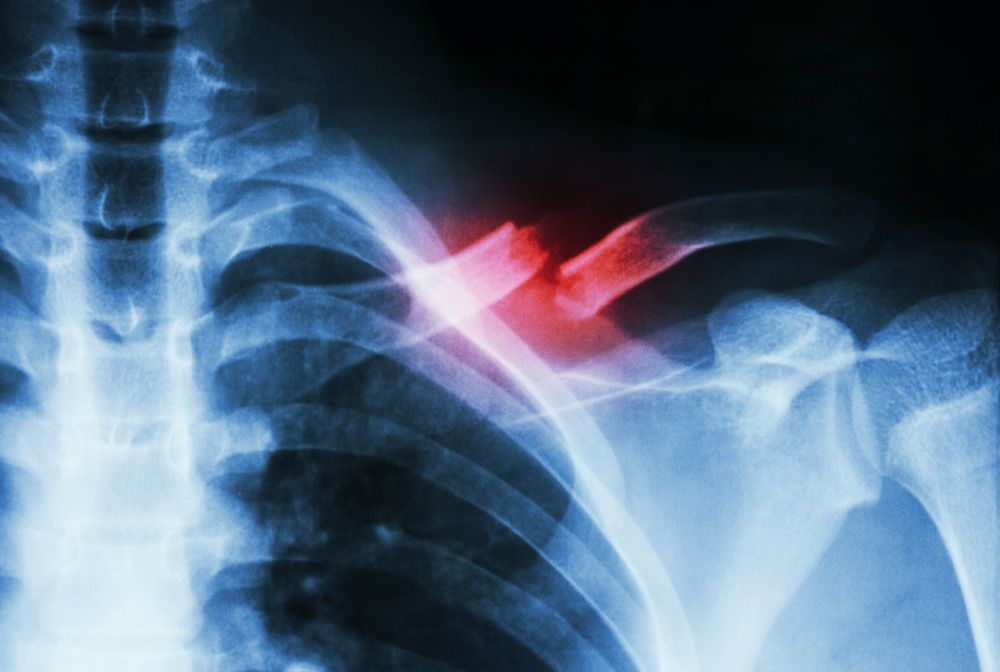A new proof-of-concept study has found a combination of two drugs, already approved by the FDA for other uses, may boost the release of stem cells from bone marrow and accelerate the healing of broken bones. Only demonstrated in animals at this stage, the researchers suggest clinical trials could progress rapidly considering the drugs have already been demonstrated as safe in humans.
“The body repairs itself all the time,” says corresponding author on the study Sara Rankin. “We know that when bones break they will heal, and this requires the activation of stem cells in the bone. However, when the damage is severe, there are limits to what the body can do of its own accord.”
A great deal of current research is focusing on mesenchymal stem cell (MSC) therapies. MSCs are a type of adult stem cell that can grow into a variety of different cell types including muscle, fat or bone. Many current MSC treatments in development involve extracting a small number from a patient, growing them in laboratory conditions, then injecting them back into the patient.






